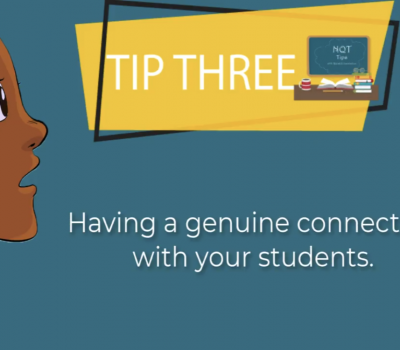


Our team sorts through all blog submissions to place them in the categories they fit the most - meaning it's never been simpler to gain advice and new knowledge for topics most important for you. This is why we have created this straight-forward guide to help you navigate our system.
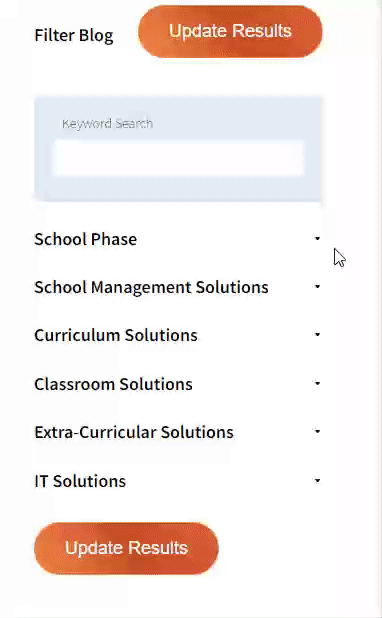

And there you have it! Now your collection of blogs are catered to your chosen topics and are ready for you to explore. Plus, if you frequently return to the same categories you can bookmark your current URL and we will save your choices on return. Happy Reading!
The challenge set in a #BrewEd event led Donna to reflect on her teaching. Despite regarding herself as being inclusive, she was now driven to becoming deliberately diverse. The resulting changes to her planning had a significant impact on her students and their need to recognise themselves in books, history, and everyday examples.

It wasn’t until a #BrewEdEssex event in 2019, that I became aware of being ‘deliberately diverse’. I had always considered myself to be a reflective and inclusive teacher. I made adequate preparation for Black History Month, Anti-bullying week, Autism Awareness day etc. and ensured that I covered a range of faiths during my RE lessons. I had been mindful of the different family groupings that could occur in PSHE; and ensured that I was open to discussion on what makes a relationship.
And then I listened to Pran Patel speak.
His razor-sharp delivery punched through my awareness until I just knew that I needed, not just to be mindful, or inclusive but, deliberately diverse in my planning and thinking. I went back and replanned my topic for the term and deliberately included representations of a range of nationalities, faiths, age, and sex. I made sure that there was a representative that each of my class members could see in themselves.
The effect on my class was immeasurable. The comments made, the emotion felt was deeper and more meaningful because the people we were talking about spoke to them on a deeper more visceral level.
It made me think about the range of reading material that I had in my classroom. That effect of connecting on a deeper level can be felt by readers too. When we read, when children read, they want to connect with the main character, they want to become them, to go on the journey with them, to see a similarity in the struggles that they face and how they overcome them. It’s what makes our reading pleasurable. It, therefore, makes total sense that many publishers are promoting the submission of books from the BAME community, as for too long there has been a gap in books that show children from different cultures, ethnicity or with a special need, or disability, as the main character, as the hero to their story. I know that my class – with the broad range of nationalities represented – would absolutely love to see themselves in the pages of a book.
It made me realise that Black History or Women’s History Month, Autism Awareness or Mental Health Awareness Week, World Day for Cultural Diversity, or Earth Day, is not enough. The history of representatives from different ethnic groups or with different needs should not be relegated to one month, one week, or one day in the year, it should be present every day.
It made me appreciate the sharing of everyday norms from the perspective of my class: That we all experience our lives in different ways and that these have been shaped by our history, our faiths, our communities, our families, and our own personal barriers and struggles. That by sharing these experiences we broaden our own understanding of ourselves and others. We make connections and links that shape our thinking.
And so, I implore teachers to really look at the diversity that they are representing in their planning. Allow children to see themselves and talk about their worlds and ask yourself: Am I being deliberately diverse?
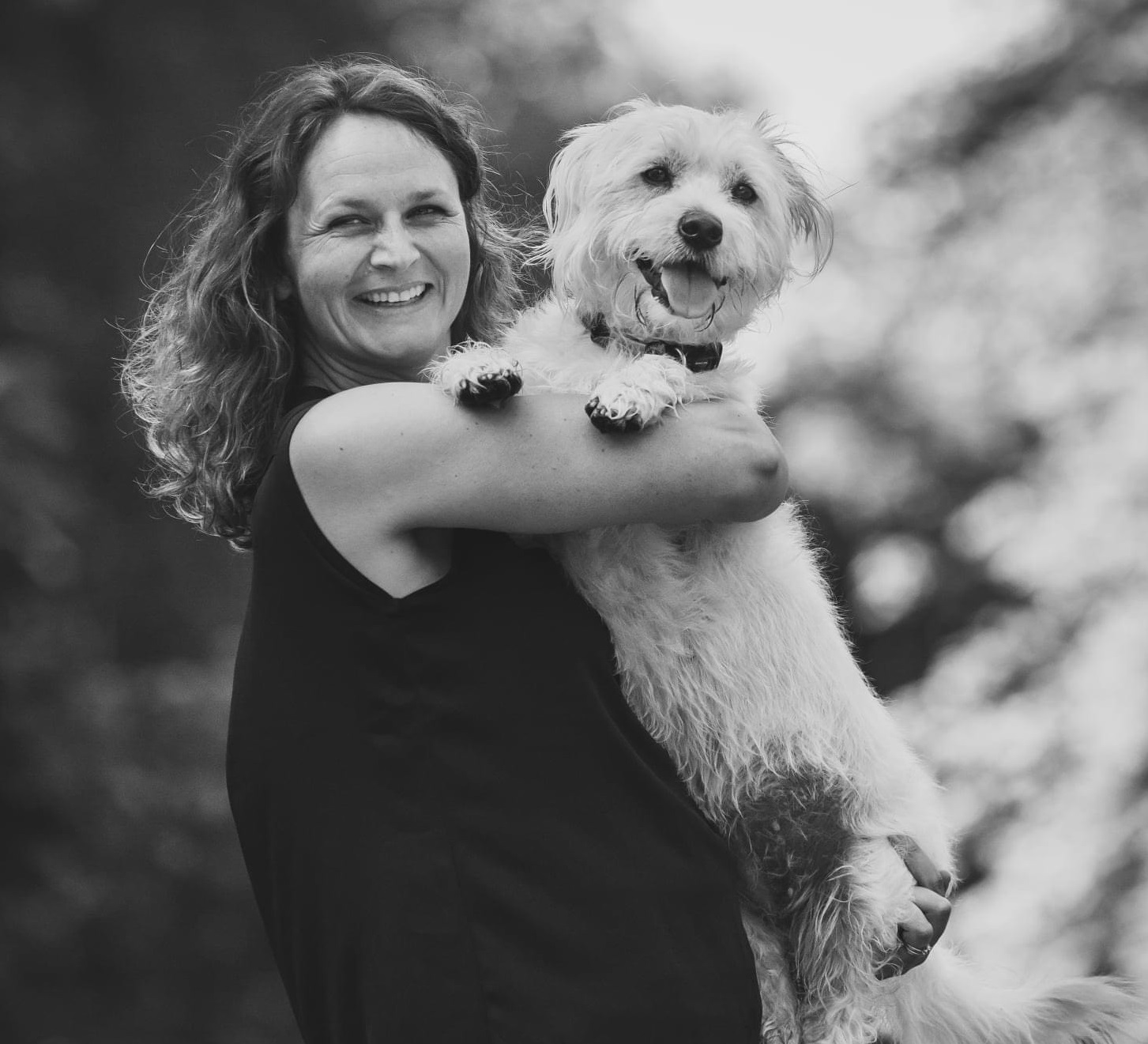
The author

Read more

Read more

Read more

Read more

Read more

Read more

Read more
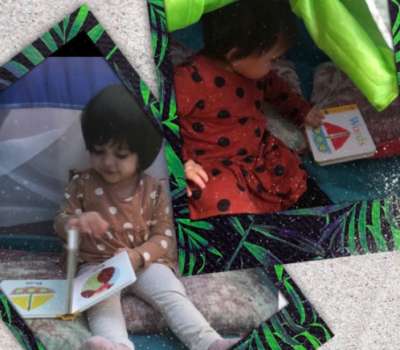
Read more


Are you looking for solutions? Let us help fund them! Nexus Education is a community of over 11,000 schools that come together to share best practise, ideas and CPD via online channels and free to attend events. Nexus also offers funding to all school groups in the UK via nexus-education.com

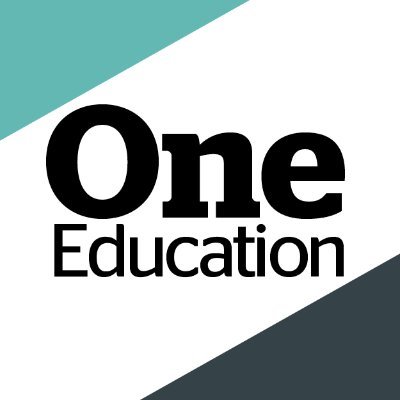
Established in 2011, One Education is a company at the heart of the education world, supporting over 600 schools and academies. Our unique appeal as a provider is in the breadth and synergy of the services we offer, supporting school leaders, teachers and support staff to achieve the best possible outcomes for their pupils and staff.
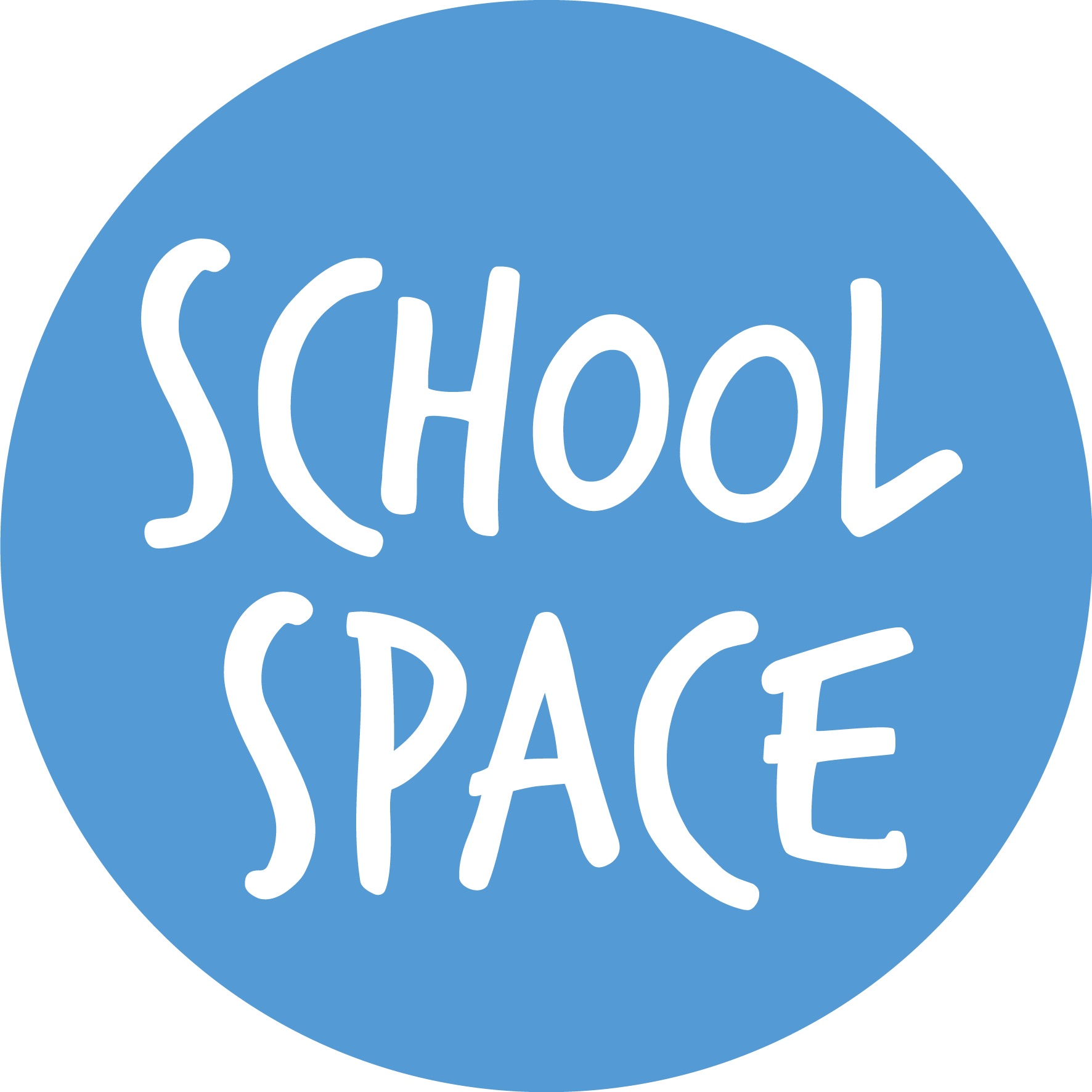
School Space is a social enterprise that has empowered schools for over 12 years through their profitable and hassle-free lettings services. So far, they’ve generated over £5 million in revenue for education, helping to connect over 200 schools with their local communities.


Operoo is a school operations and productivity platform. We help thousands of schools and trusts to eliminate slow, expensive and repetitive tasks. Operoo helps schools streamline and digitise processes, drastically reducing the associated costs: From student pre-admissions, permission forms, payments, and school trips; to medical information and emergency contacts, incident reporting, staff agreements, and more in over 100 languages.


Unify is an online sales and marketing tool that allows users to create tailored personalised documents in moments.


There’s nothing special about the energy we sell. In fact, it’s exactly the same energy as all our competitors provide. But there is something special about the way we do it. Where others complicate the process, we simplify it. Where others confuse customers with hidden terms, we’re an open book. And where others do all they can to make as much money from their customers as possible, we do all we can to make as little. Everything we do, we do it differently. Our customers are a privilege. One we’ll never take advantage of.


Securus provide market-leading monitoring solutions to safeguard students on ALL devices both online and offline. We also offer a full monitoring service, where we carry out the monitoring on behalf of the school, freeing up valuable staff resources. From the smallest school to large MAT groups, Securus offers safeguarding protection for all!


As European leaders of Time Management Solutions, Bodet offer Lockdown, Clock, Bell & PA Systems. Harmonys, our five-in-one IP/PoE Bell System, provides a unique customisable lockdown or panic alarm alert. Melodys, a Wireless Bell System, is useful where wiring can be difficult.